10 Dog Breeds That Were Originally Bred for Totally Unexpected Jobs
Dogs have been humanity's faithful companions for thousands of years, but their roles have evolved significantly over time. While many of us today view dogs as beloved pets or service animals, their historical functions were often rooted in specific, surprising occupations. This article delves into the fascinating histories of 10 canine comrades, each with origins in unique and unexpected jobs. From herding sheep to guarding treasures, these breeds have played pivotal roles in shaping human history. As you journey through this exploration, prepare to have your curiosity's tail wagged by the intriguing stories and remarkable transformations of these canine companions. To top it all off, a bonus addition awaits, offering yet another surprising tale from the world of dogs.
1. The Sheepdog Saga: Guardians of the Flock
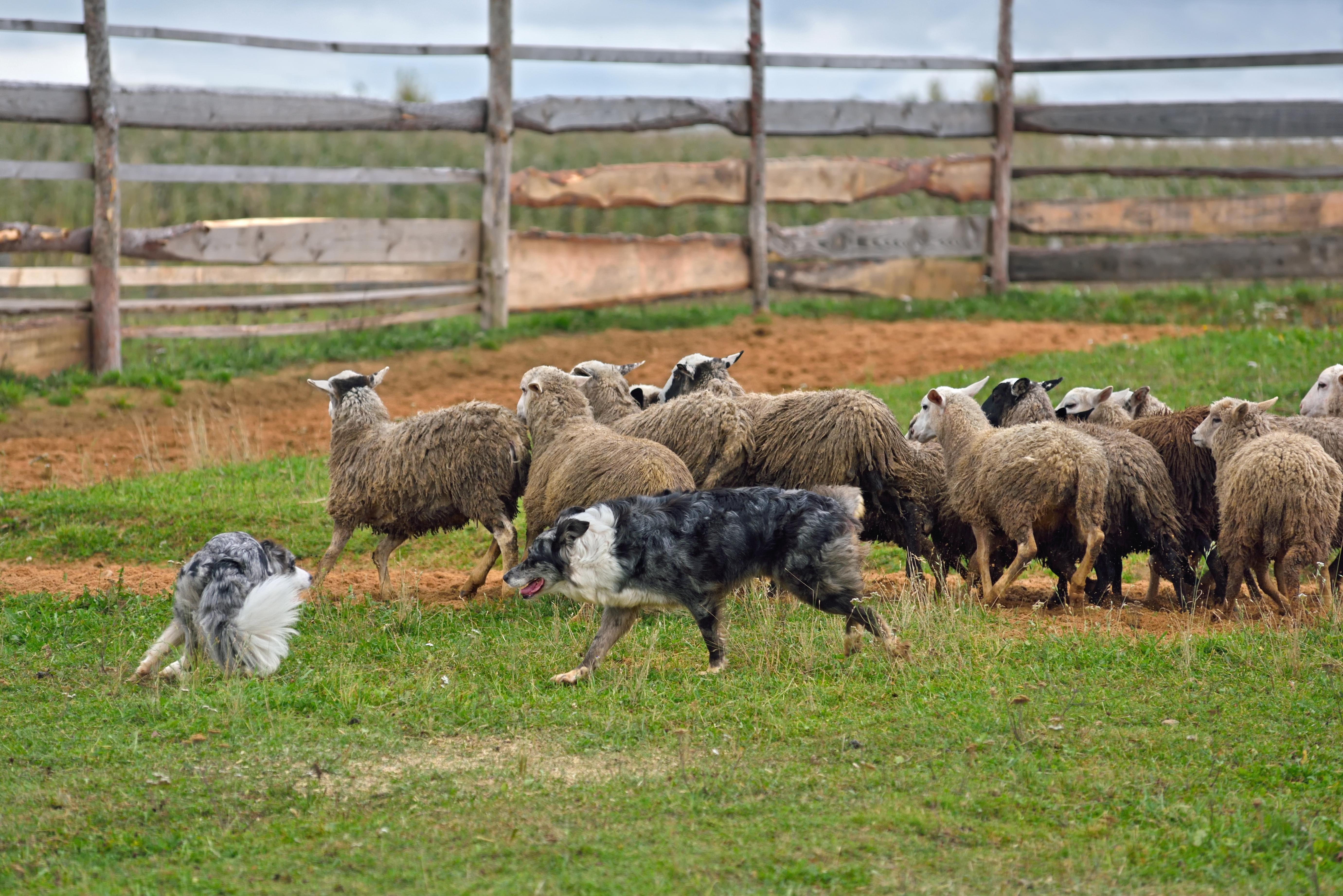
Sheepdogs, such as the Border Collie, have long been celebrated for their intelligence and agility, traits that were honed through centuries of herding sheep. Originating in the British Isles, these dogs were essential to the pastoral lifestyle, ensuring that flocks were kept safe from predators and guided through rugged landscapes. Their ability to understand complex commands and anticipate the movements of sheep made them invaluable to shepherds. The relationship between sheepdogs and their handlers was one of mutual respect and understanding, a partnership that was crucial for the survival of both the shepherd and the flock. Over time, the skills of sheepdogs have been adapted for modern uses, such as search and rescue missions, showcasing their versatility and enduring importance.
2. The Mighty Molosser: From War to Watchdog
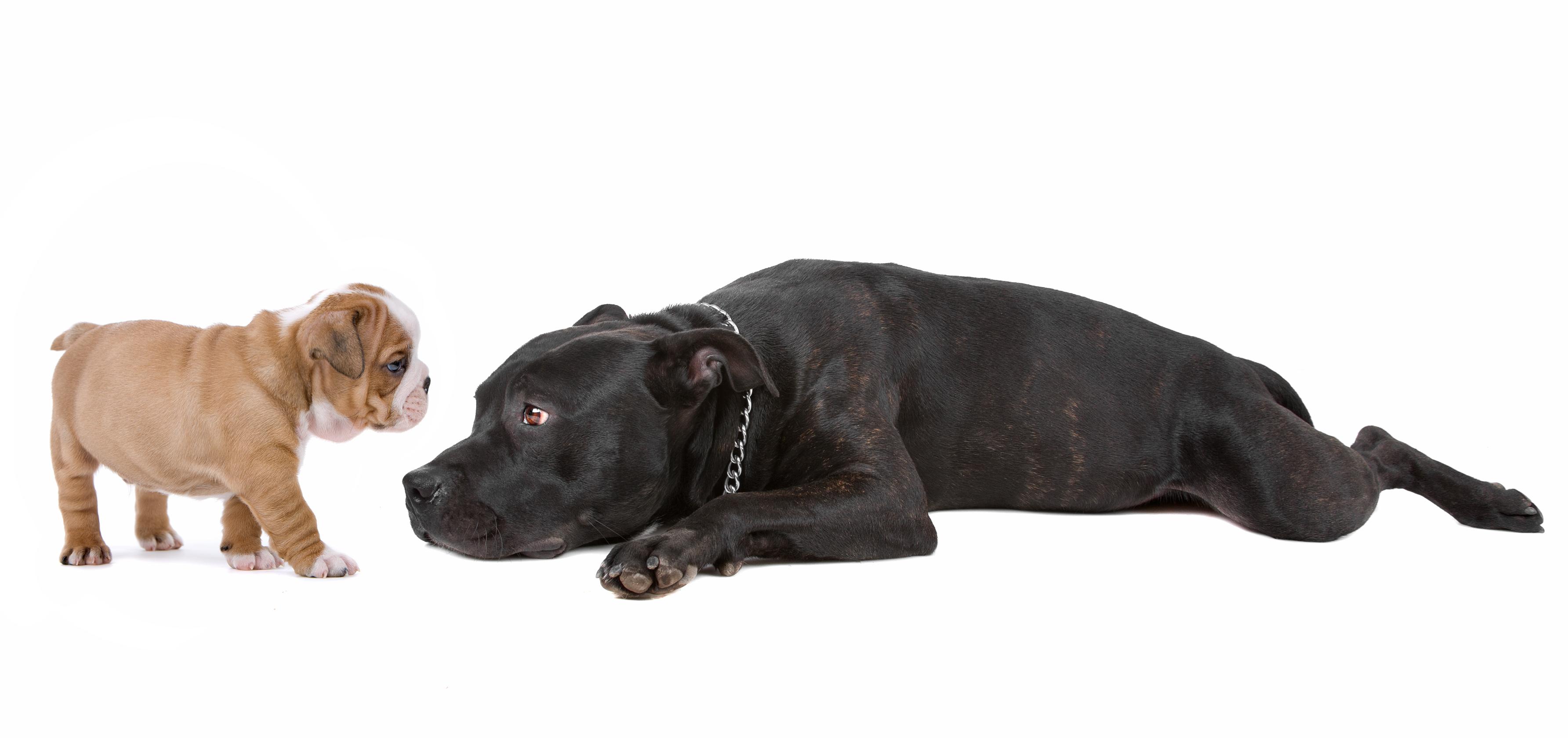
The Molosser breeds, including the Mastiff and Bulldog, trace their origins back to ancient times when they served as war dogs for civilizations like the Romans and Greeks. These powerful canines were trained to charge into battle, often clad in armor, to intimidate and attack the enemy. Their strength and bravery made them formidable forces on the battlefield. As warfare evolved, so did the role of Molossers. They transitioned from warriors to protectors, becoming trusted guardians of homes and properties. Today, their imposing presence and loyal nature make them excellent watchdogs, a testament to their enduring legacy as protectors.
3. The Scent Hounds: Masters of the Hunt
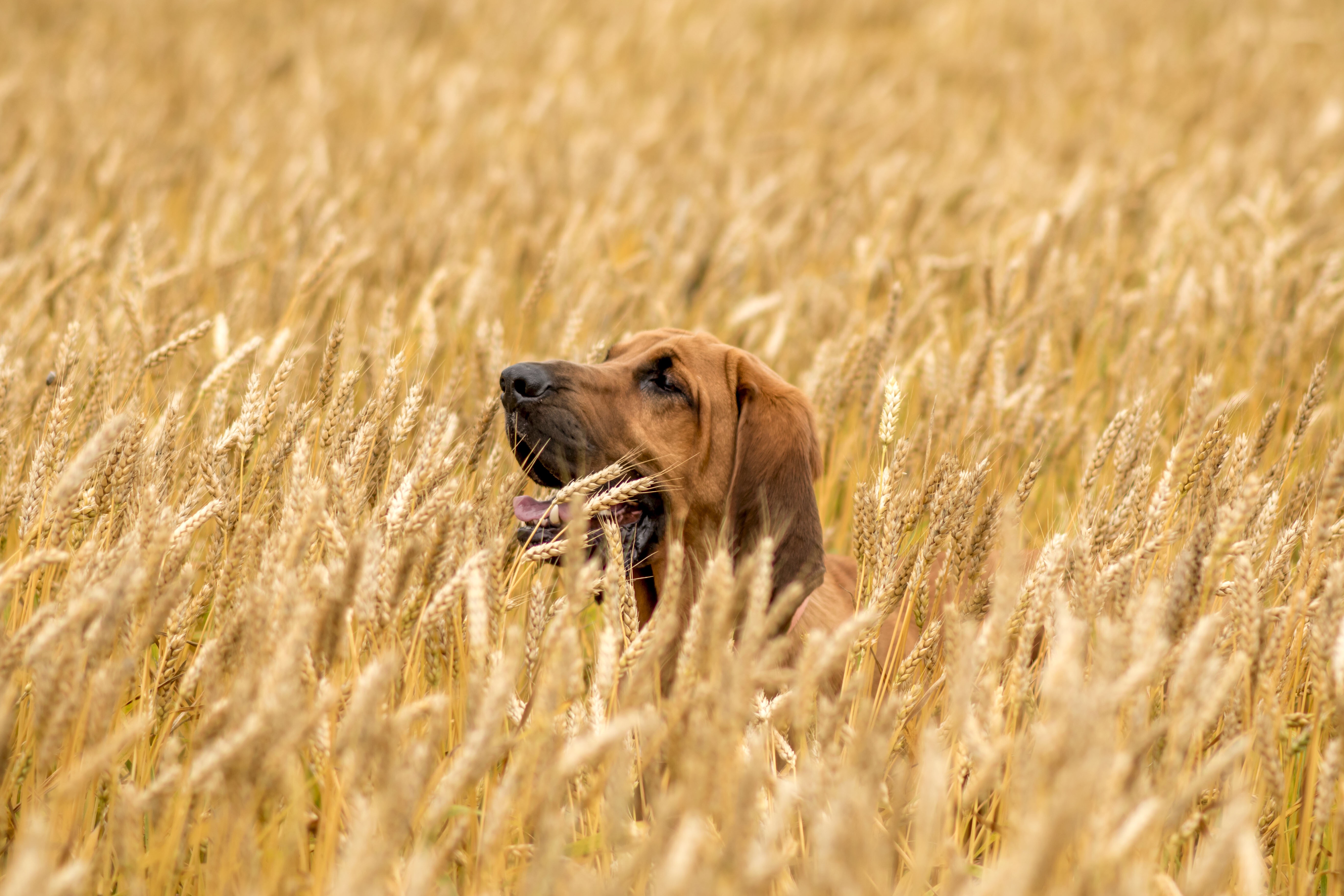
Scent hounds, such as the Bloodhound and Beagle, have a storied history as hunting companions. Their extraordinary sense of smell made them indispensable in tracking game across vast distances. Historically, these dogs were used by nobility and hunters to pursue elusive prey, from deer to boar. The Bloodhound, in particular, gained fame for its ability to track scents over several days, a skill that has been utilized in modern times for search and rescue operations. The Beagle, with its smaller stature and friendly demeanor, became a popular choice for hunting smaller game. Today, scent hounds continue to serve in various capacities, including law enforcement, where their keen noses help detect contraband and locate missing persons.
4. The Sleuthing Schnauzer: Rodent Raiders
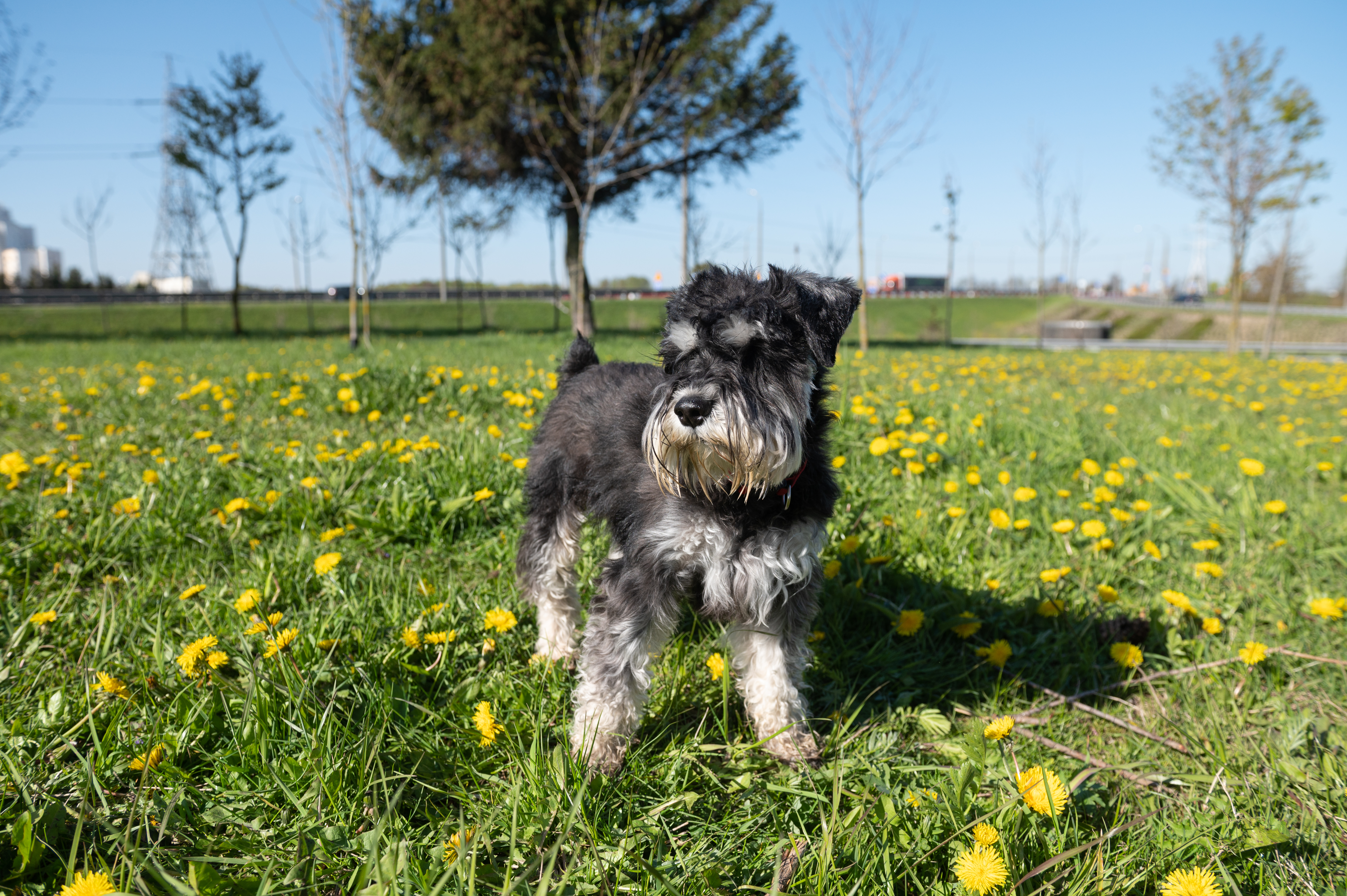
The Schnauzer, with its distinctive beard and eyebrows, was originally bred in Germany for a very practical purpose: to rid farms of vermin. These dogs excelled at catching rats and other pests, a crucial task in maintaining the health and productivity of agricultural settings. Their keen senses and quick reflexes made them effective rodent hunters, while their loyal and protective nature endeared them to their owners. Over time, the Schnauzer's role expanded beyond pest control. Their intelligence and trainability have led them to excel in various dog sports and as family companions. Despite their evolution, the Schnauzer's roots as a working dog remain evident in their energetic and alert demeanor.
5. The Dashing Dalmatian: Carriage Companions
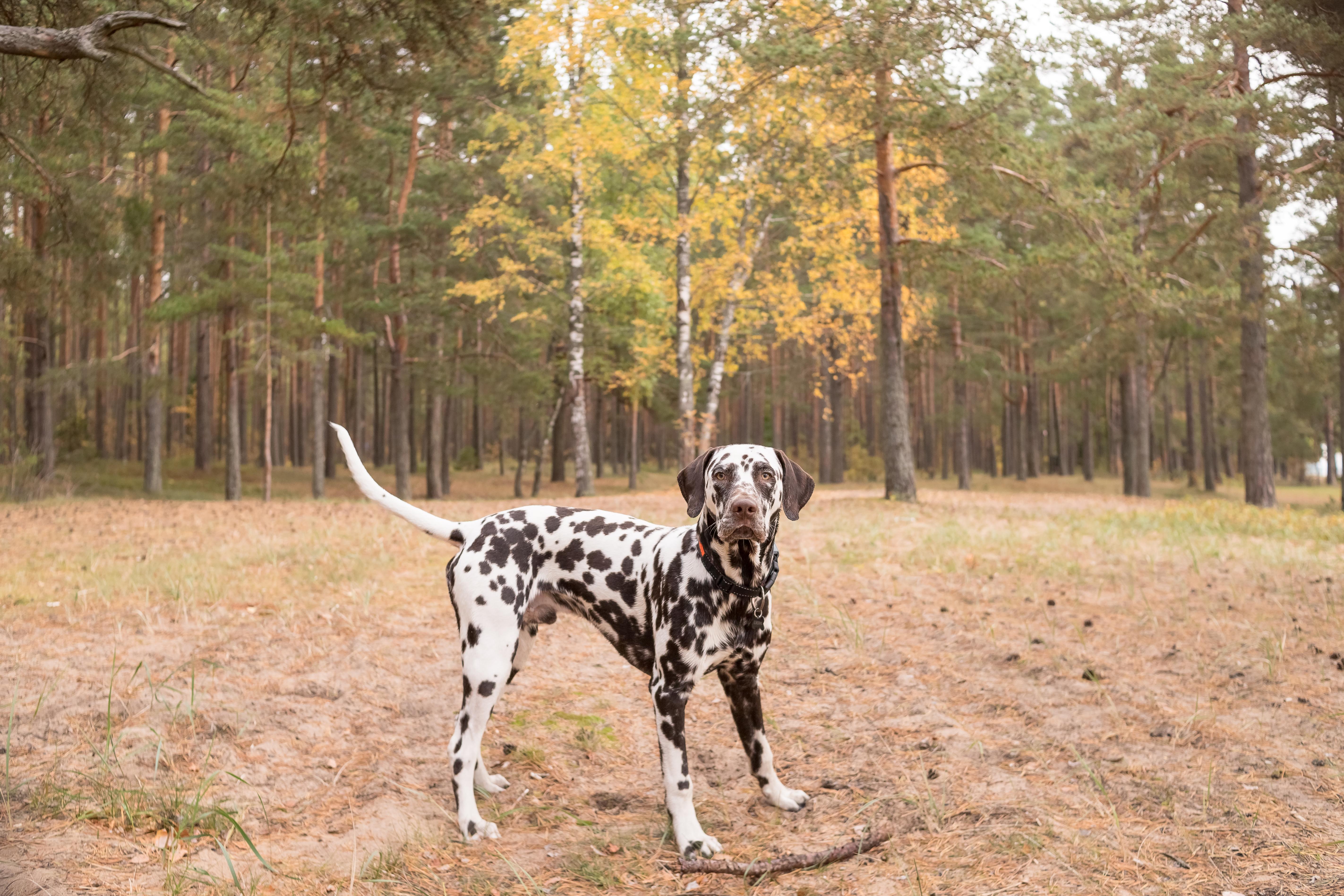
The Dalmatian's striking spotted coat and elegant appearance have made it a popular breed, but its origins are tied to a surprising occupation: carriage dog. In the 18th and 19th centuries, Dalmatians were used to accompany horse-drawn carriages, running alongside or underneath them. Their presence served both practical and decorative purposes. Practically, they helped protect the horses from stray dogs and other threats. Decoratively, their unique appearance added a touch of flair to the carriage procession. The Dalmatian's affinity for horses and its endurance made it well-suited for this role. Today, Dalmatians are often associated with firehouses, a nod to their historical role in accompanying horse-drawn fire engines.
6. The Noble Newfoundland: Lifesavers of the Sea
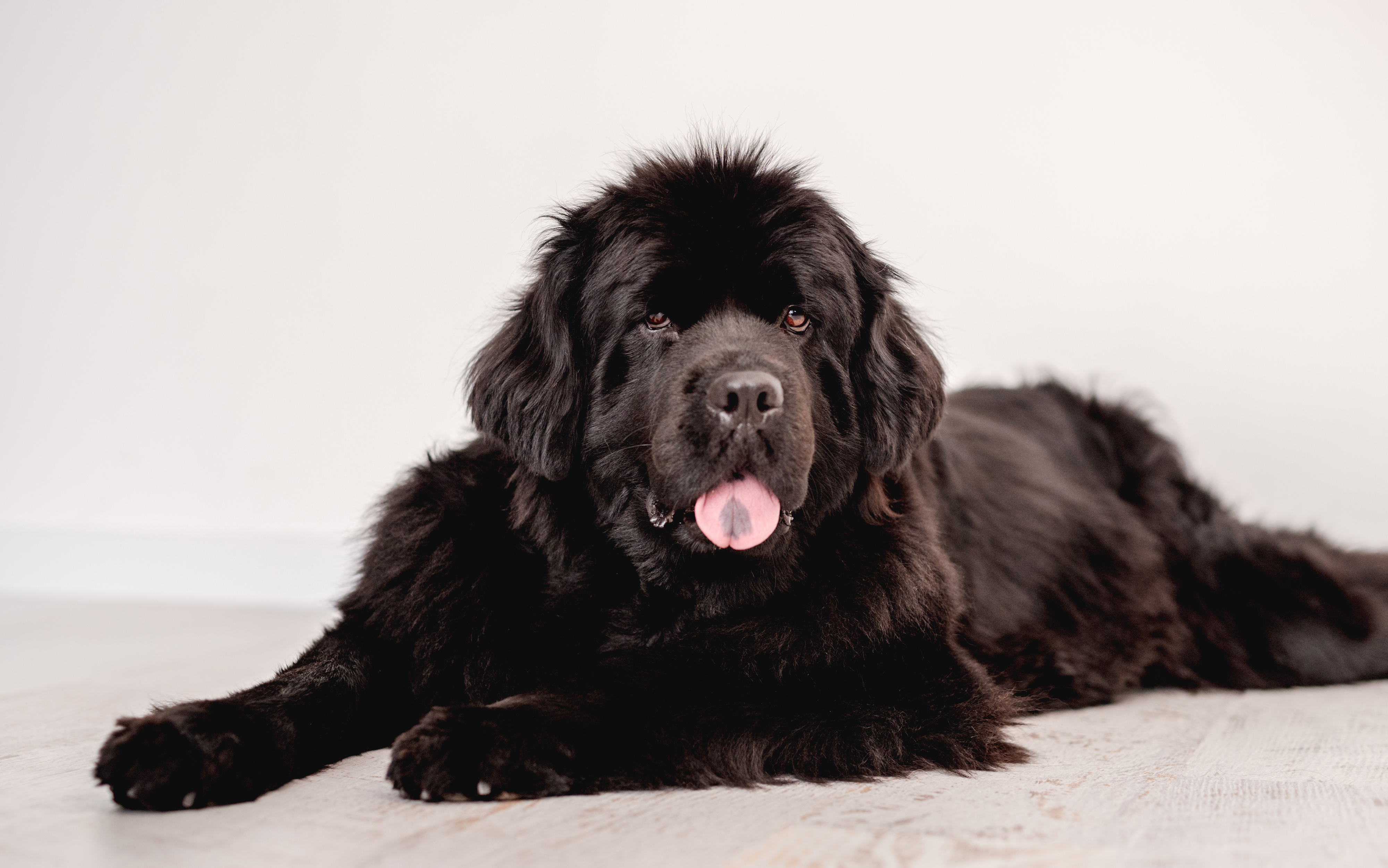
Newfoundlands are renowned for their strength and swimming ability, traits that have made them invaluable in water rescue operations. Originating from the Canadian island of Newfoundland, these dogs were initially bred to assist fishermen by hauling nets and retrieving items from the water. Their webbed feet and water-resistant coats made them natural swimmers, while their gentle disposition and intelligence made them excellent companions. As their reputation for bravery grew, Newfoundlands began to be used in lifesaving roles, rescuing people from drowning. Today, they continue to serve as water rescue dogs, their legacy as lifesavers firmly established.
7. The Fearless Fox Terrier: Hunt's Helper
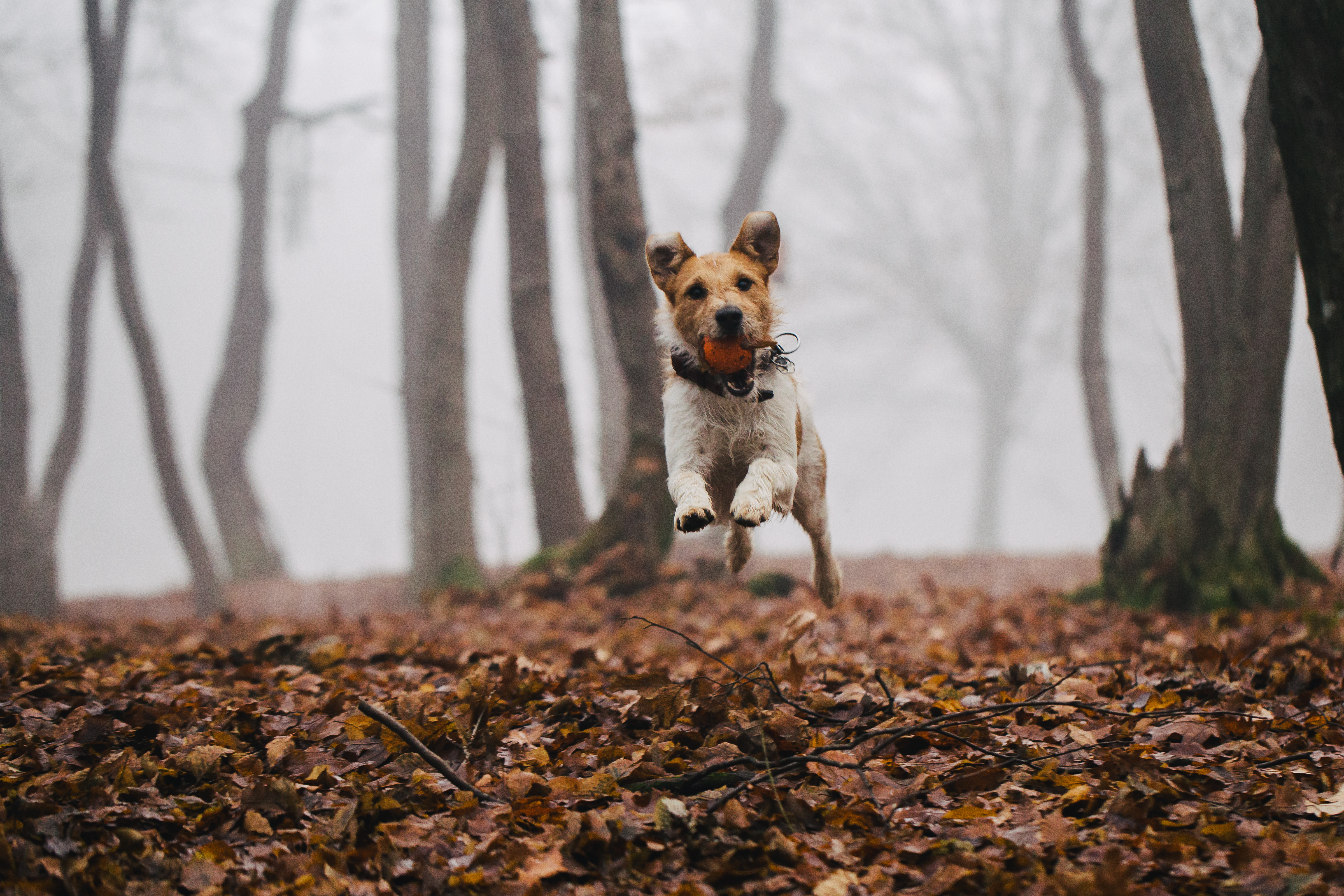
Fox Terriers were bred in England to assist in the traditional fox hunt, a popular sport among the British gentry. These small but tenacious dogs were tasked with flushing foxes out of their dens, allowing hunters to pursue them on horseback. Their courage and determination made them well-suited for this challenging role. Despite the decline of fox hunting, the Fox Terrier's spirited nature and intelligence have ensured its continued popularity as a companion animal. Their ability to adapt to various environments and tasks has allowed them to thrive in modern settings, from agility competitions to family homes.
8. The Loyal Lapdog: Companions of the Court
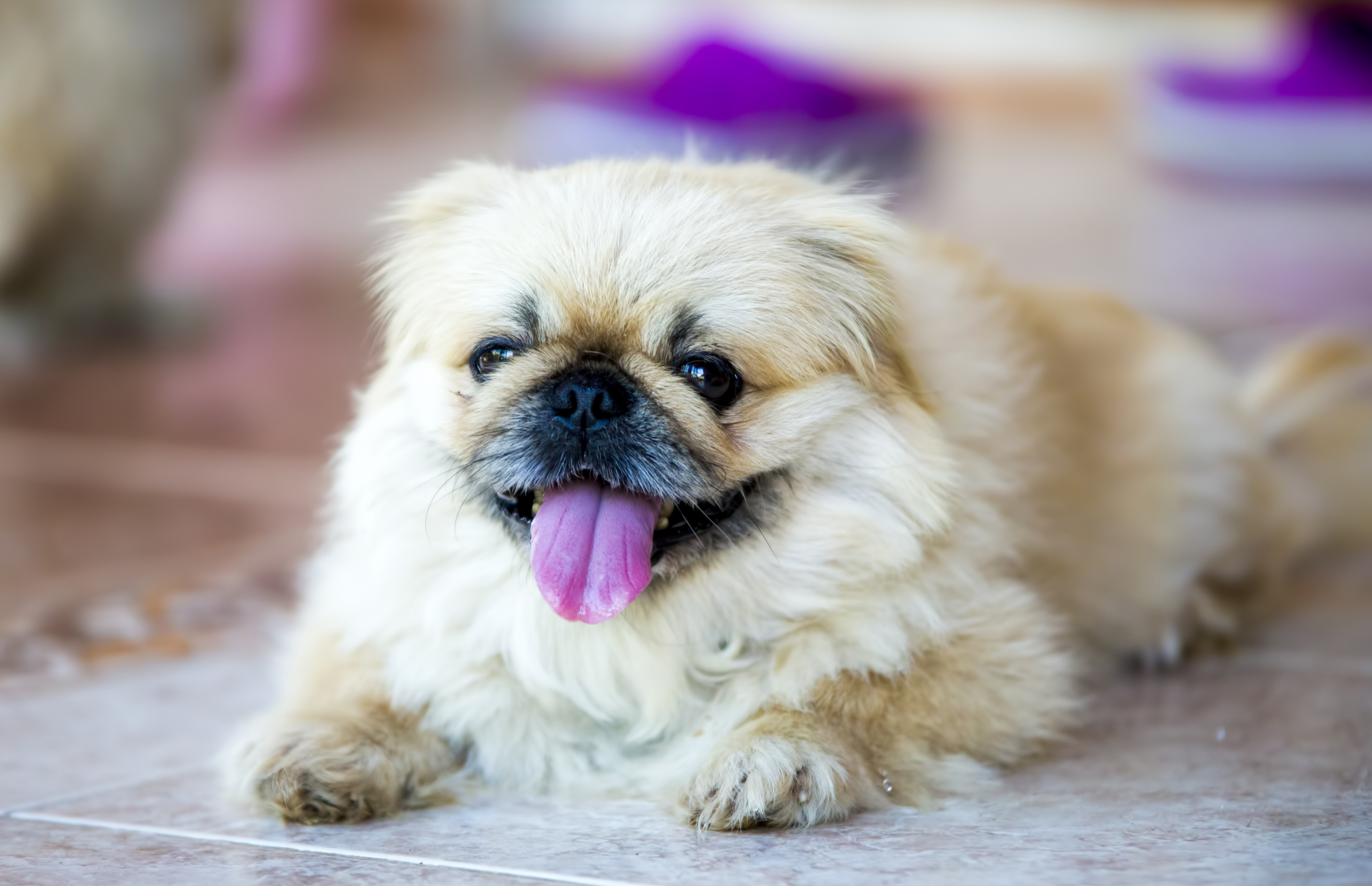
Lapdogs, such as the Pekingese and the Cavalier King Charles Spaniel, have a history rooted in aristocracy and royalty. These small, affectionate dogs were bred to serve as companions to the elite, often enjoying lavish lifestyles alongside their human counterparts. In ancient China, the Pekingese was revered as a sacred companion to the imperial family, while the Cavalier King Charles Spaniel was a favorite of British royalty. Their roles as lapdogs were not merely decorative; they provided emotional support and companionship in an era when such bonds were highly valued. Today, lapdogs continue to be cherished for their loving nature and adaptability to modern life.
9. The Versatile Vizsla: From Falconry to Field
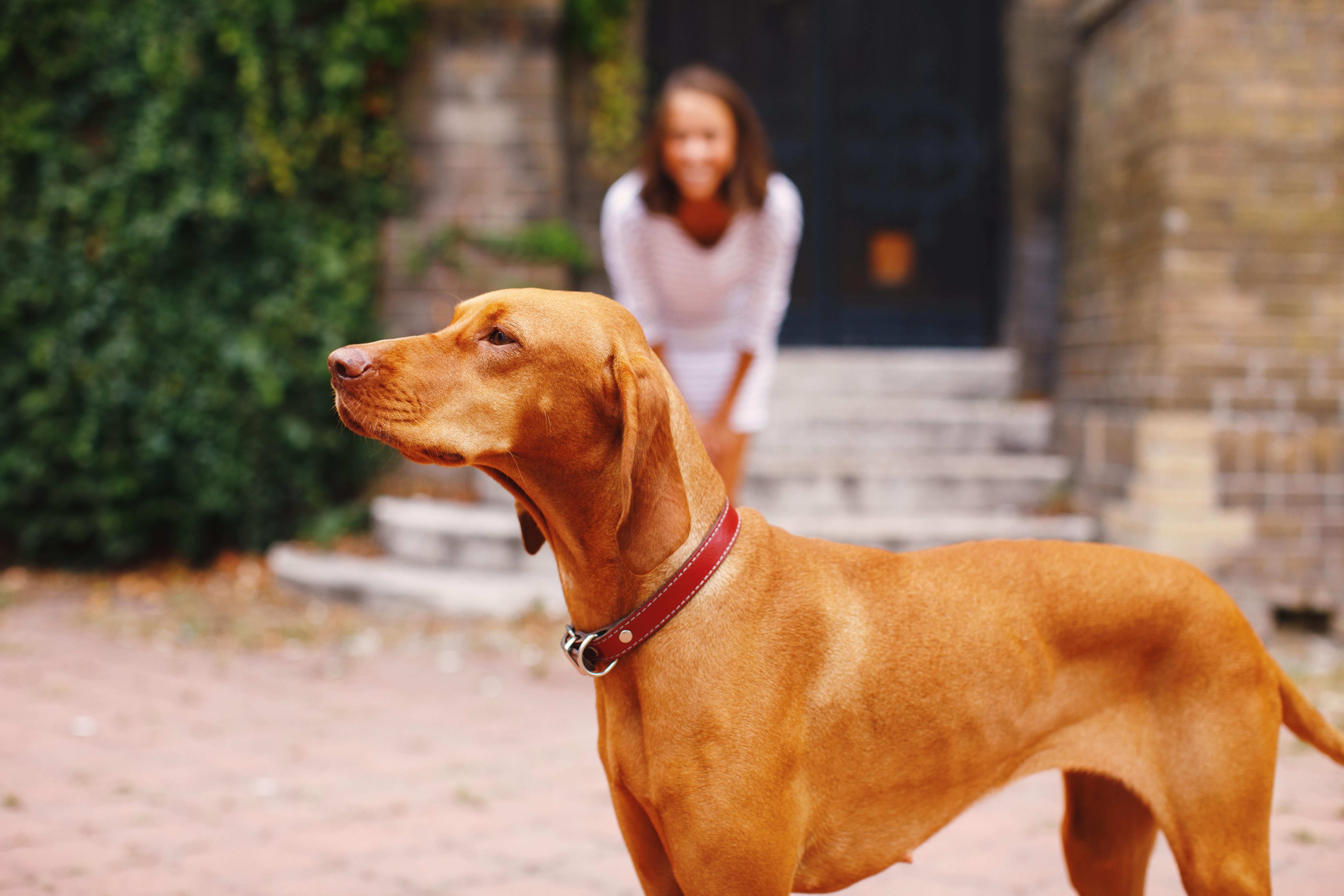
The Vizsla, a Hungarian breed, boasts a rich history as a versatile hunting dog. Originally used in falconry, these agile and intelligent dogs were prized for their ability to work closely with hunters and birds of prey. Their keen sense of smell and ability to point and retrieve game made them invaluable in the field. As hunting practices evolved, the Vizsla adapted to new roles, excelling in various types of hunting, from upland game to waterfowl. Their versatility and eagerness to please have also made them popular in dog sports and as family pets. The Vizsla's rich history as a working dog is reflected in its energetic and affectionate nature.
10. The Bold Bulldog: From Bull-Baiting to Beloved Pet
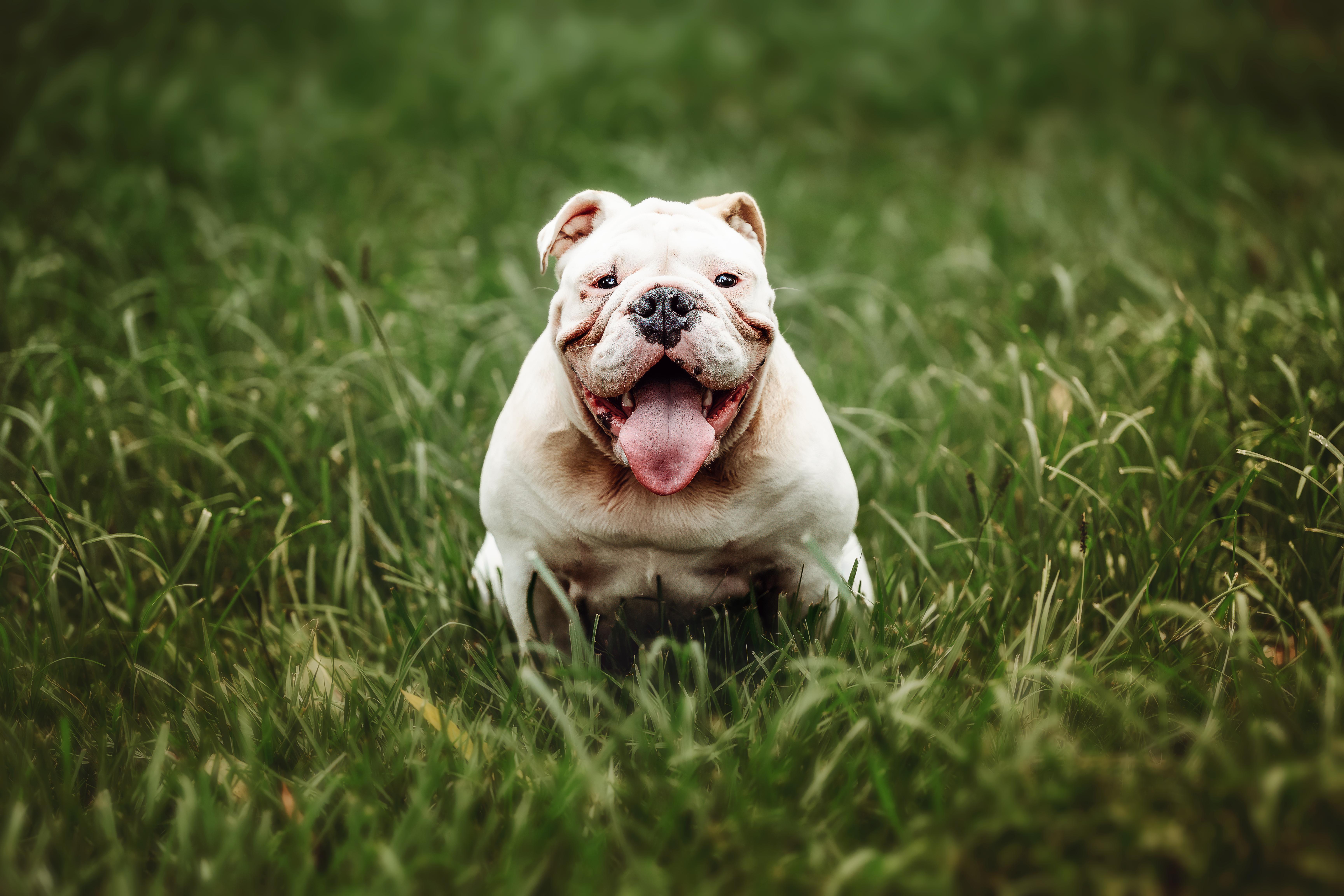
The Bulldog's origins are tied to the brutal sport of bull-baiting, a popular entertainment in medieval England. These dogs were bred for their strength and tenacity, traits that allowed them to hold their ground against bulls. Despite the harshness of their original role, Bulldogs were known for their loyalty and courage. With the decline of bull-baiting, the Bulldog's temperament was softened through selective breeding, transforming them into gentle and affectionate companions. Today, Bulldogs are cherished for their distinctive appearance and friendly nature, a far cry from their fierce beginnings. Their journey from bull-baiting to beloved pet is a testament to the breed's resilience and adaptability.
Bonus: The Cunning Corgi: Royal Herdsmen
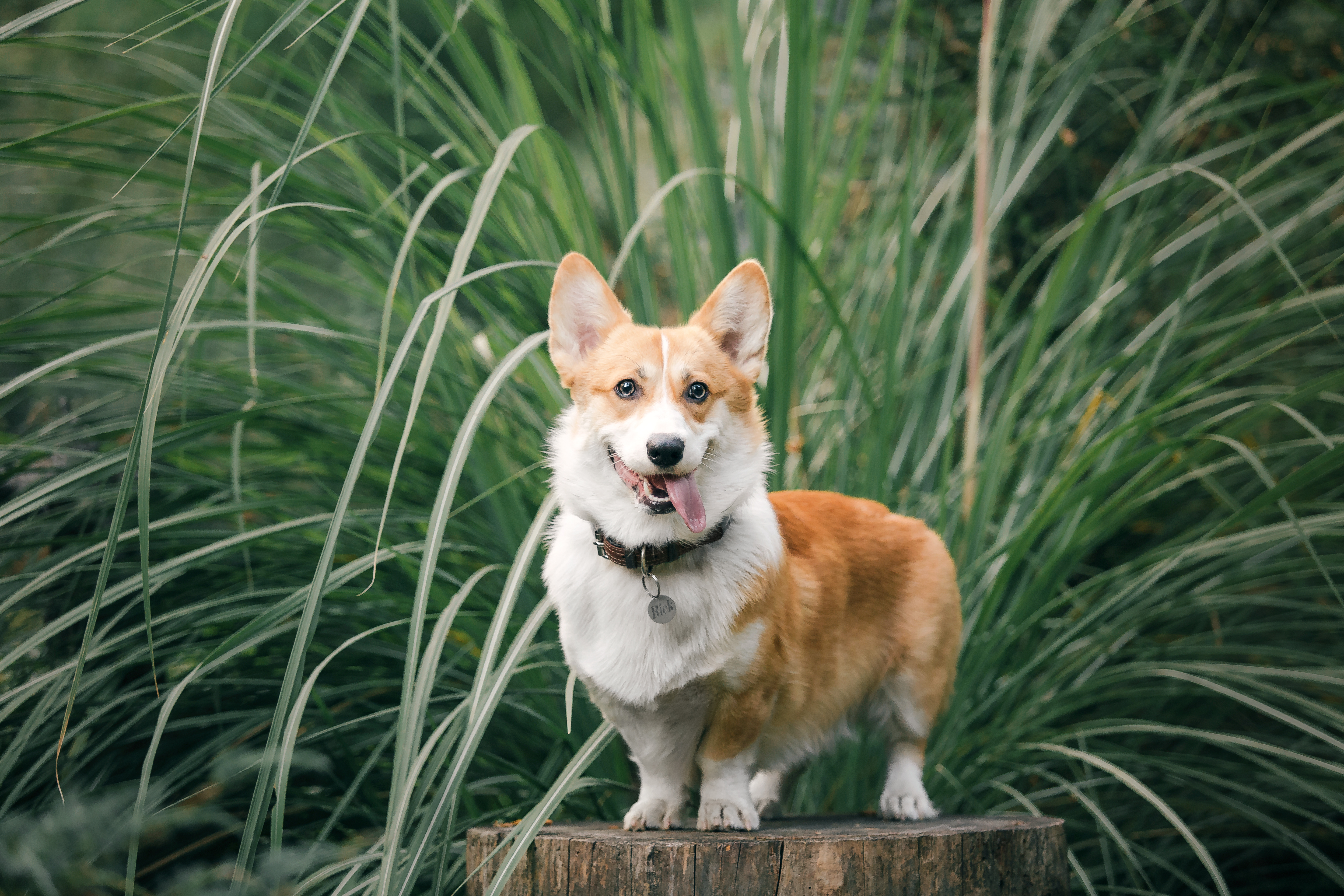
As a bonus addition to our exploration, we turn our attention to the Corgi, a breed that has captured the hearts of many, including British royalty. Originally bred in Wales as herding dogs, Corgis were adept at managing cattle and sheep, using their low stature to nip at the heels of livestock. Their intelligence and agility made them effective herdsmen, while their playful and affectionate nature endeared them to their human companions. In modern times, Corgis have become synonymous with the British royal family, particularly Queen Elizabeth II, who has owned several over the years. Their transition from working dogs to royal companions highlights the Corgi's adaptability and enduring charm.







